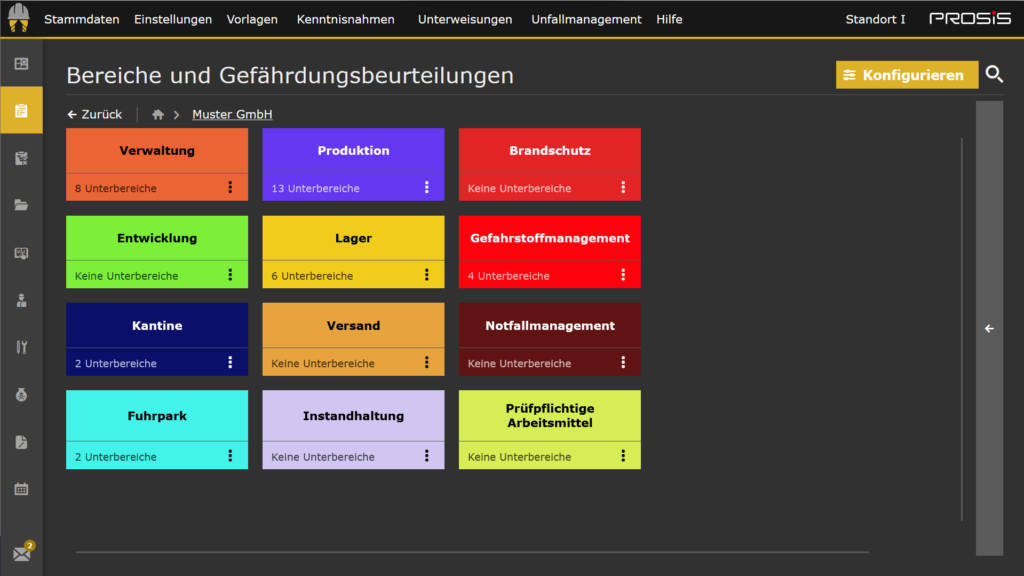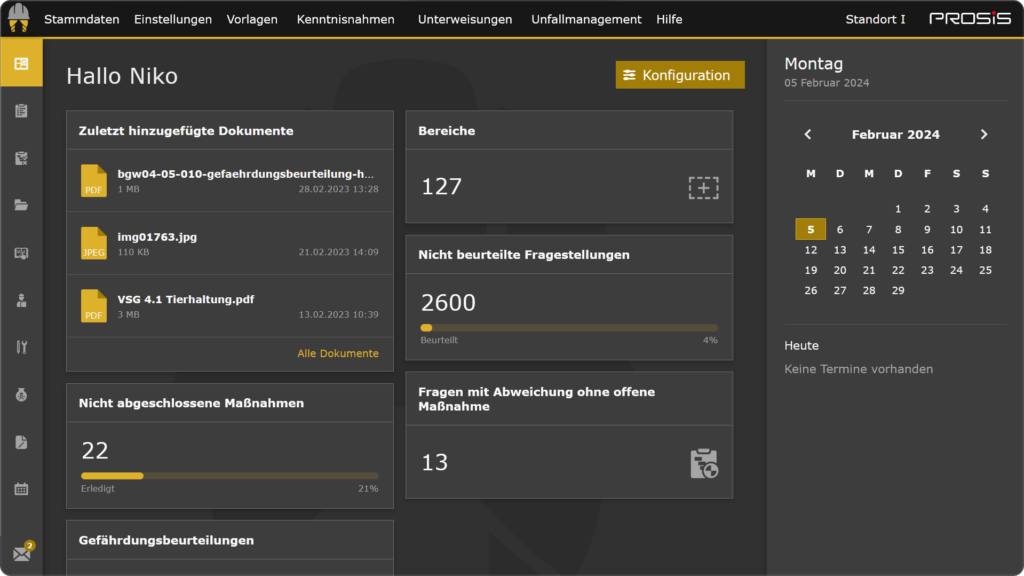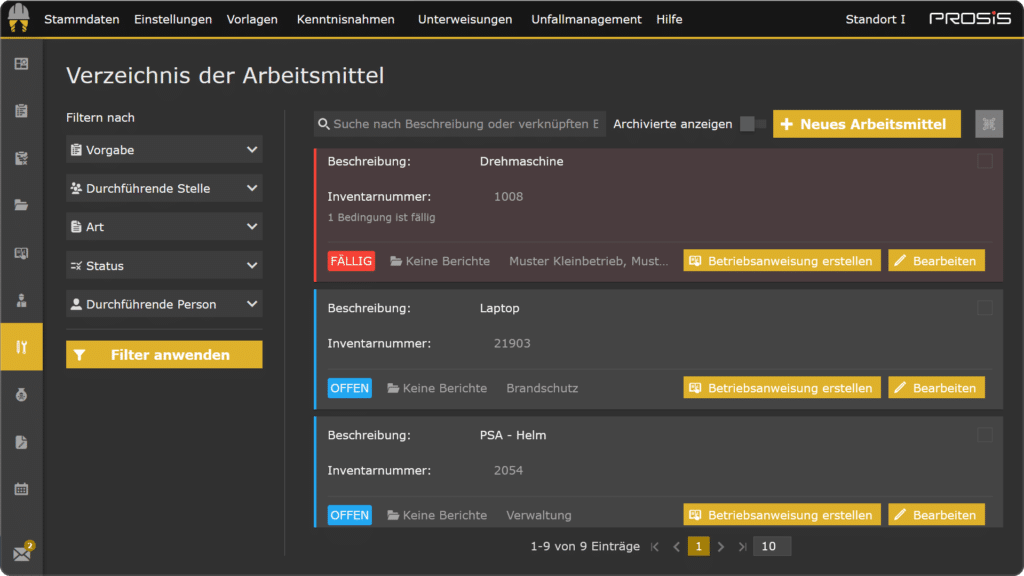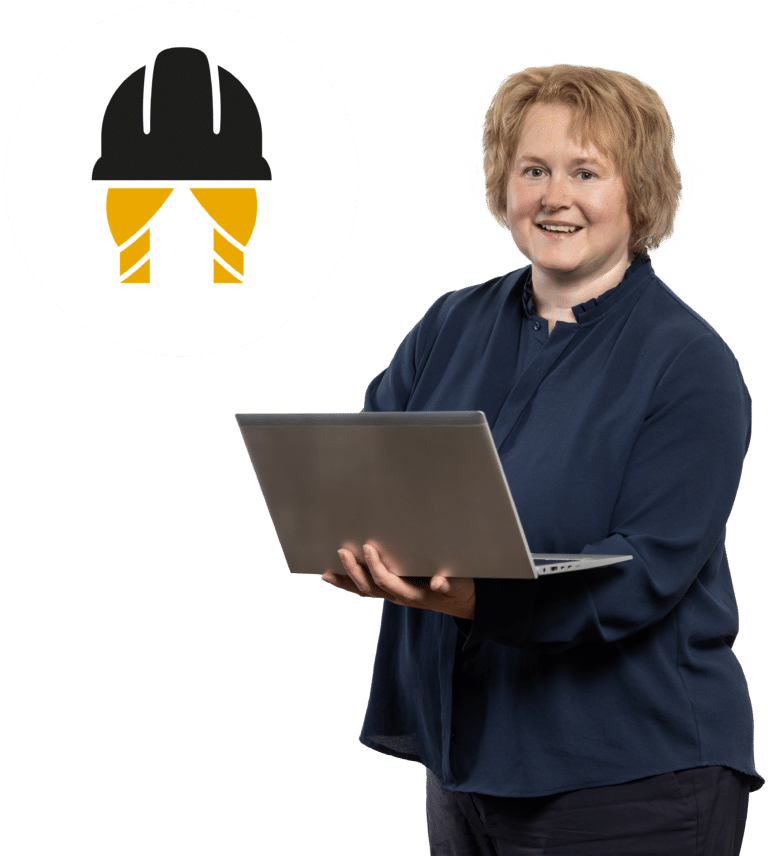Use German occupational safety software in Austria

What is HSE software?
Occupational safety software offers a management system that can be used to map the company's entire occupational safety organization. The basic functions are used for legally compliant documentation in order to be able to provide proof of compliance to the inspecting authorities. In addition, the software supports the organization, implementation and tracking of the tasks themselves as well as the management of the personnel and material resources involved.
The advantage of the digital implementation of occupational health and safety lies in the possibility of efficient collaboration between safety experts, company doctors and internal managers. Data is also available without restriction. By automating processes, the company can save a significant amount of time. Last but not least, of course, environmentally friendly and paperless working is possible.

The difference between German and Austrian occupational health and safety law

Conformity of German occupational safety software with Austrian directives
Selection criteria for the right occupational health and safety software for Austrian professionals


Our recommendation
luitGUARD from €79.50 per month.
The industry-neutral software can be used to flexibly map all company structures and locations/clients. The system is both audit-proof and ISO 45001-compliant.

USE German occupational safety software in Austria
Conclusion
FAQ
Questions and answers
01 What advantages does German occupational safety software offer Austrian companies?
German occupational safety software offers the following advantages:
- High standardswhich often exceed the legal requirements in Austria.
- Comprehensive functionswhich enable the efficient organization and implementation of occupational health and safety.
- Audit-proof Documentation for legally compliant verification.
- Time savings and process automation.
- Sustainability through paperless work processes.
02 Are there significant differences between German and Austrian occupational health and safety law?
Both countries pursue similar preventive approaches to employee health and safety. Only the priorities differ:
- In Austria mandatory workplace evaluations and industry-specific prevention concepts are prescribed.
- In Germany the focus is more on general documentation and standardization.
03 Can German occupational health and safety software be easily adapted to Austrian regulations?
In most cases, no extensive customization is required. German software can often be used directly due to its flexibility and high standards. Nevertheless, it should be checked whether the software meets all the requirements of the ASchG and specific regulations.
04 Which functions should be included in occupational health and safety software in order to be compliant in Austria?
The software should cover the following functions:
- Risk assessments and risk management
- Accident and incident management
- Instruction management
- Inspection and maintenance of work equipment
- Occupational medicine and health management
- Hazardous substance management
- Workplace design in accordance with ASchG
05 Is German occupational safety software legally approved in Austria?
Yes, German software is legally approved in Austria, provided it meets the requirements of the ASchG and the associated ordinances. However, it is important to carefully check the functions and conformity.
06 What language options does the German occupational safety software offer for Austrian users?
As German is the official language in both countries, no language adaptations are necessary. Many software solutions also offer multilingualism, which can be helpful for internationally active companies.
07 What costs are associated with the use of German occupational health and safety software in Austria?
The costs vary depending on the provider and range of functions. Make sure that the price-performance ratio is transparent and that all required modules are included in the price to avoid hidden costs.
08 Can German occupational safety software be integrated into existing IT systems of Austrian companies?
Yes, most modern software solutions offer interfaces for integration into existing systems. Clarify this with the provider in advance.
09 How secure is the data processing of German occupational safety software with regard to GDPR requirements?
German software providers attach great importance to data protection. Make sure that the provider guarantees GDPR-compliant data processing, especially when storing sensitive employee data.
10. how long does it take to implement German occupational safety software in an Austrian company?
The duration varies depending on the size and complexity of the company. Many providers offer fast implementations that can be accelerated by standardized processes.
11 What are the long-term benefits of using German occupational health and safety software for companies in Austria?
- Legal certainty: Compliance with all legal requirements.
- Efficiency: Optimization of processes and time savings.
- Sustainability: Paperless working.
- Flexibility: Adaptability to new regulations or company requirements.


